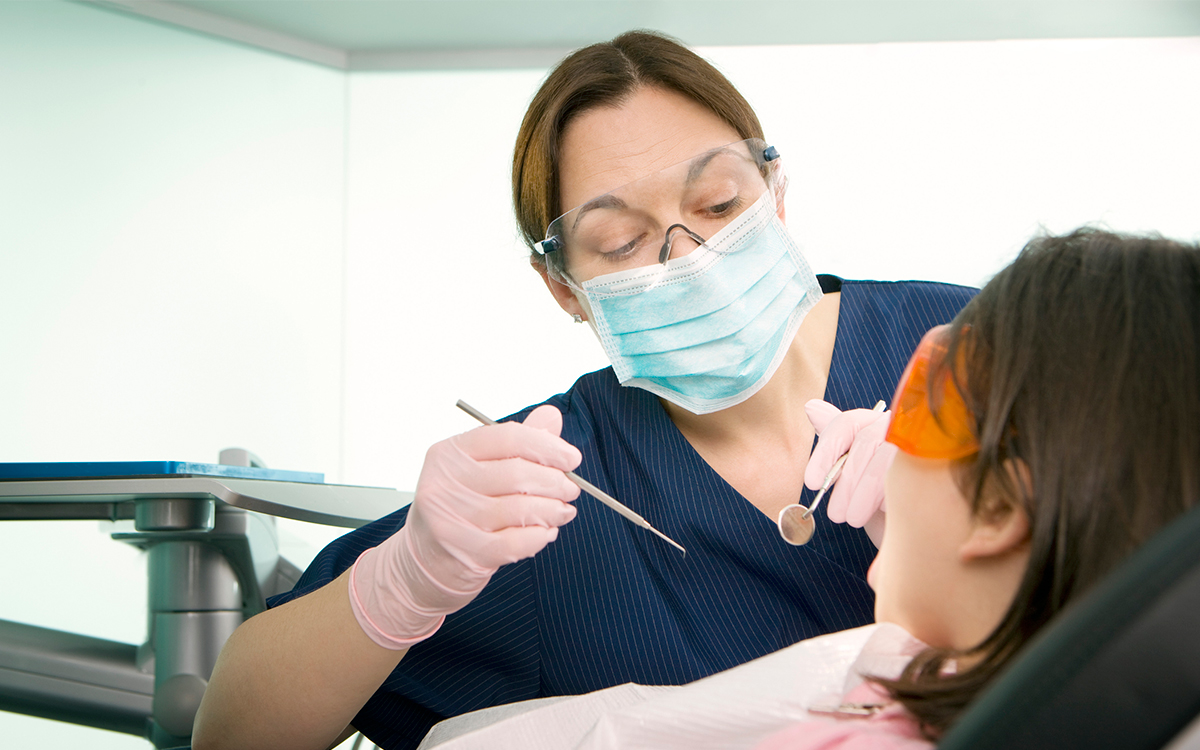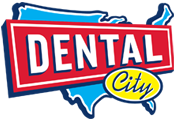
As dental offices across the country begin to reopen, dental hygienists may feel a mix of emotions towards the idea of returning back to work. With a plethora of different things to think about and prepare for, it is normal to feel overwhelmed. In order to help navigate this transition back in a safe and stress-free way, we’ve pulled the top 8 precautions from the ADHA Interim Guidance on Returning to Work that dental hygienists should consider before interacting with patients.
- Avoid aerosol production as much as possible, as the transmission of COVID-19 occurs via droplets that can be aerosolized during aerosol generating procedures (AGDs).
- Use full-mouth rubber dams for placement of dental sealants and during dental therapy restorative treatment.
- Backflow can occur when using a saliva ejector; therefore, when possible, use four-handed technique and HVE for controlling aerosols and splatter.
- Use hand instrumentation versus ultrasonic instruments for periodontal debridement and scaling procedures.
- Use selective plaque and stain removal versus full-mouth coronal polishing.
- Avoid air-polishing procedures.6. Avoid air-polishing procedures.
- Do not use the air and water functions on the syringe, together, at the same time.
- Follow up and screen patients 48 hours after treatment per the COVID-19 Patient Screening Questionnaire.
General Safety Tips
- Ensure that you and all team members have accurate knowledge of their assigned duties and a deep understanding of all procedures. This includes being able to recognize and accurately screen for symptoms of COVID-19 in both yourself and patients. 1. Ensure that you and all team members have accurate knowledge of their assigned duties and a deep understanding of all procedures. This includes being able to recognize and accurately screen for symptoms of COVID-19 in both yourself and patients.
- Follow the basic precautionary measures such as leaving footwear at the office while disinfecting them daily, maintaining a six-foot distance from others while not performing treatment, and always wearing the suggested PPE gear (mask, gown, gloves, etc.). After interacting with patients follow the suggested method to take off PPE gear.
- Make hand sanitizer available for patients as they enter the office. As they leave, make sure to carefully disinfect any surface they may have come in contact with (counters, door knobs, restrooms, etc.). It would also be beneficial to schedule periods where appropriate disinfecting can take place in between patients.
If dental hygienists adhere to these tips, it will create a significantly safer environment for themselves, their colleagues, and their patients. It is also important to remember that everyone is navigating the best way to get back to our new “normal”. Be patient with yourself and others in order to perform to the best of your abilities. It’s difficult to take care of others if you are not properly taking care of yourself, whether that be physically or mentally.
For more information, a readiness checklist for dental hygienists, and the COVID-19 Patient Screening Questionnaire mentioned above, view the ADHA Interim Guidance on Returning to Work.

